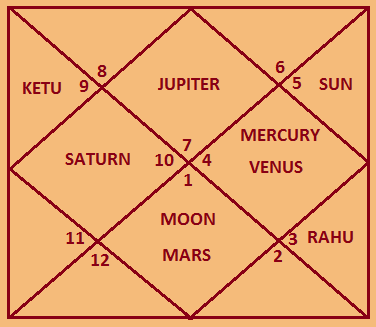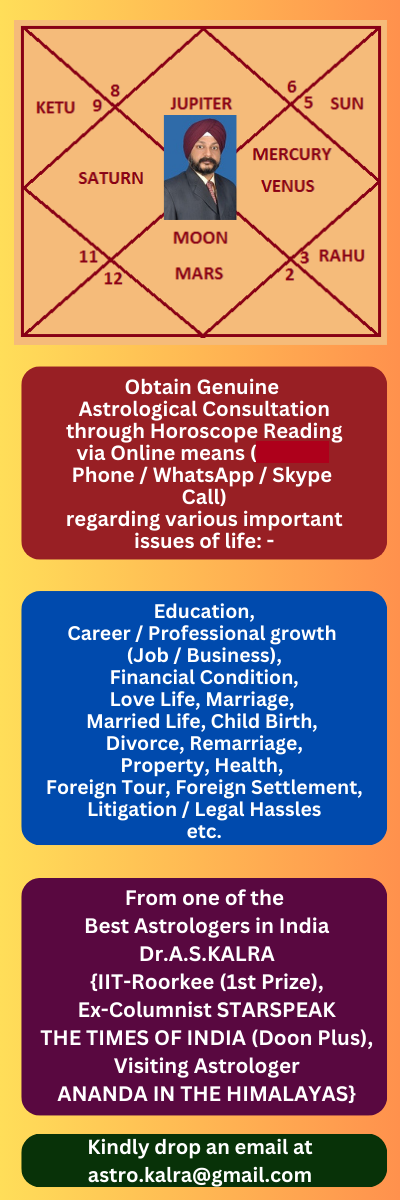Lunar Month or Chandra maas in Astrology



Chandra Maas or Lunar Month in Astrology or Jyotish
By: - Dr.A.S.Kalra Astrologer
Chandra Maas or Lunar Month in Jyotish or Astrology: -
This month is based upon the phases of the Moon. It is of two types: -Poornimaant Maas: -
The time period from one Full Moon day (Poornima) to the next Full Moon Day is called as 'Poornimaant Maas' & is used in North India.Amaant Maas: -
The time period from one Black Moon Day (Amaavasya) to the next Black Moon Day is called as 'Amaant Maas' & is used in South India.A lunar month, also known as a lunar cycle or synodic month, refers to the time it takes for the Moon to complete one orbit around the Earth and return to the same position relative to the Sun. It is the basis for measuring time in lunar calendars and is often used in various cultural and religious practices.
The average duration of a lunar month is approximately 29.53 days. However, this period can vary slightly due to the elliptical shape of the Moon's orbit around the Earth, gravitational interactions, and other factors. As a result, lunar months can range from around 29.26 days to 29.80 days in length.
In many lunar calendars, the month is determined by the cycles of the Moon's phases. A lunar month typically starts with the New Moon when the Moon is not visible from Earth, followed by the waxing phase, where the Moon appears to grow larger each day until it reaches the Full Moon. After the Full Moon, the Moon enters the waning phase, gradually appearing smaller until it returns to the New Moon.
Different cultures and religions have their own lunar calendars with varying methods for tracking and organizing lunar months. For example, the Islamic calendar (Hijri calendar) is a lunar calendar used by Muslims worldwide to determine the dates of religious observances such as Ramadan. The Hebrew calendar, used in Jewish traditions, is also based on lunar months.
It's important to note that the duration of a lunar month differs from a solar month, which is based on the Sun's movement through the zodiac signs. While a lunar month is tied to the Moon's orbit, a solar month is related to the Earth's orbit around the Sun.
In astrology, the Moon's position and phases within a lunar month are considered significant, as they are believed to influence emotions, intuition, and other aspects of life. The Moon's placement in a birth chart can provide insights into an individual's emotional nature and inner experiences.
